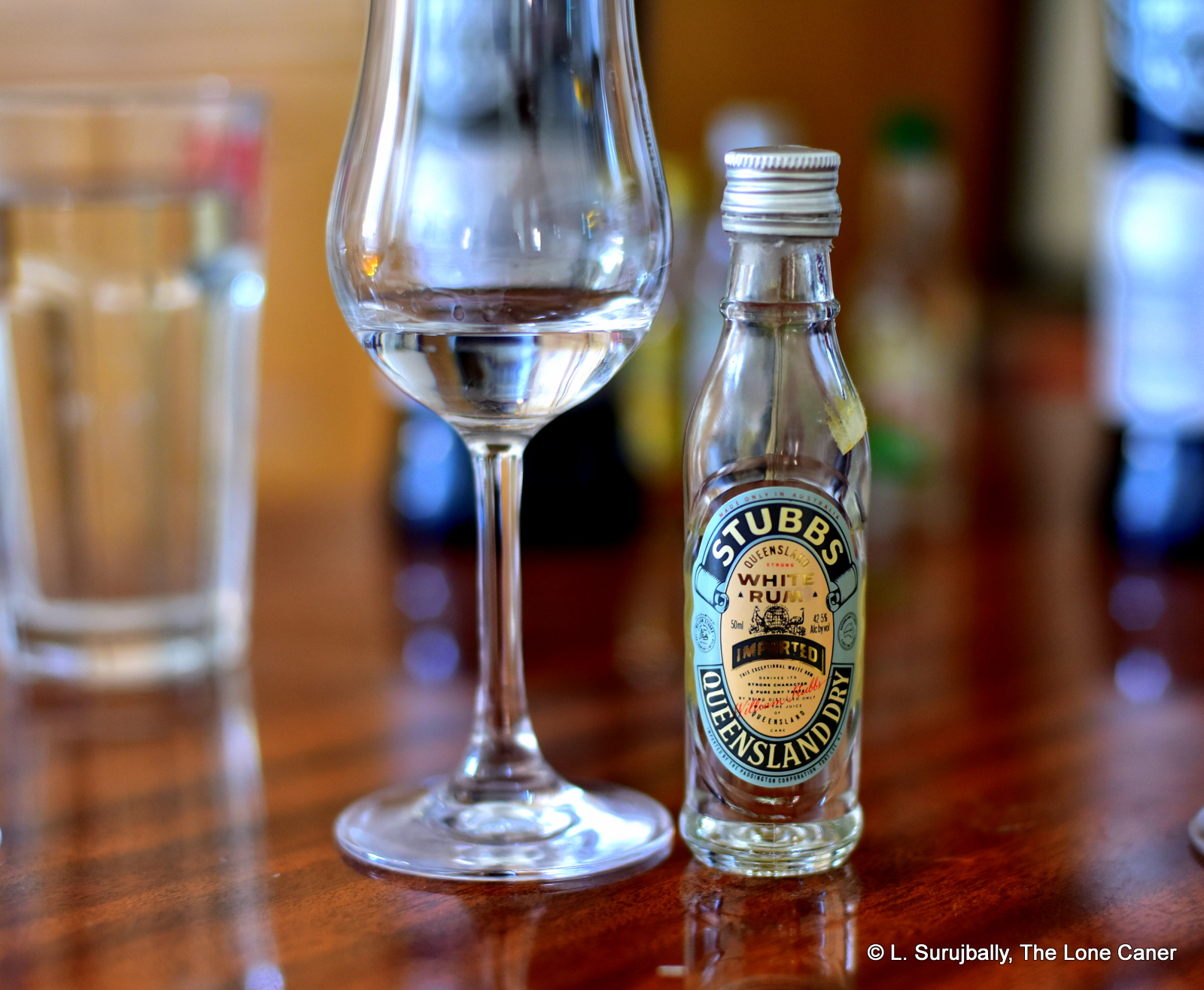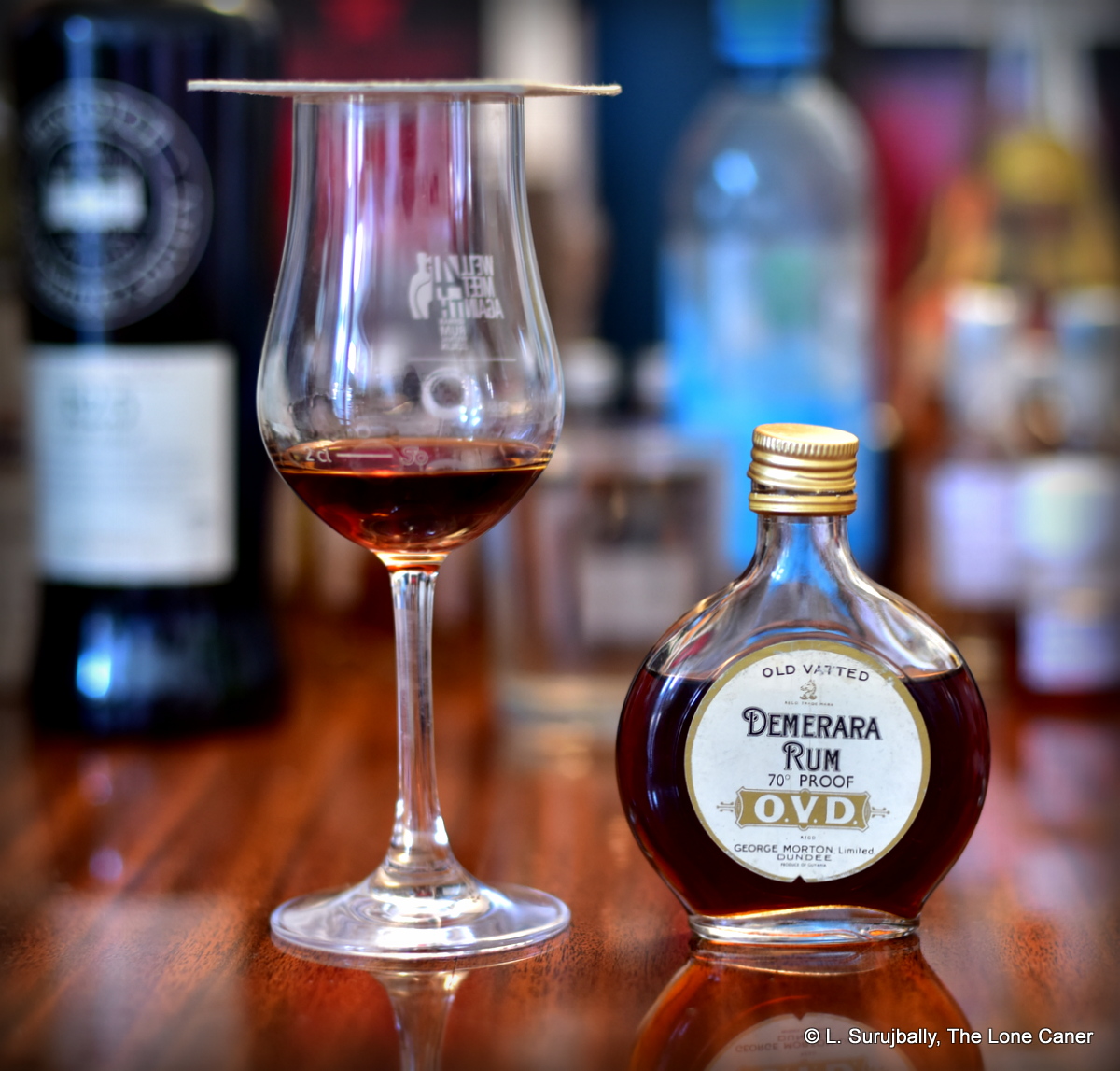
Rumaniacs Review #101 | 0667
Like the Lamb’s Navy rum we looked at last time, this is a 70º proof rum, which was produced by George Morton Ltd out of Scotland. Dating this bottle is tricky, since George Morton still exists and is folded into William Grant & Sons, and OVD continues to be made (it’s popular in Scotland and Northern England, wrote Wes Burgin, who reviewed a more recent edition back in 2014) — but my own feeling is that this bottle hails from the early 1970s.
By the 1980s the old British companies had left Guyana — DDL was formed in 1983 when Diamond Liquors (Sandbach-Parker’s company) and Guyana Distillers (Booker-McConnell’s) were merged. At the same time — January 1st 1980 to be precise — the degrees proof words and “º” symbol on the label had been discontinued and % ABV became the standard nomenclature.
 This bottle notes George Morton, founded in 1838, as being located in Dundee which the OVD history page confirms as being the original offices. But a 1970s-dated Aussie listing for a 40% ABV OVD rum already shows them as being located in Glasgow, and a newer bottle label shows Talgarth Rd in London, so my Dundee edition has to be earlier. Lastly, an auction site lists a similar bottle from the 1970s with a label also showing Dundee, and a spelling of “Guyana”, so since the country became independent in 1966, I’m going to suggest the early 1970s is about right
This bottle notes George Morton, founded in 1838, as being located in Dundee which the OVD history page confirms as being the original offices. But a 1970s-dated Aussie listing for a 40% ABV OVD rum already shows them as being located in Glasgow, and a newer bottle label shows Talgarth Rd in London, so my Dundee edition has to be earlier. Lastly, an auction site lists a similar bottle from the 1970s with a label also showing Dundee, and a spelling of “Guyana”, so since the country became independent in 1966, I’m going to suggest the early 1970s is about right
None of this is strictly relevant, but I like illustrating the rabbit hole of research from time to time. The rum is, of course, from Guyana, though its exact age and date of distillation is unknown.
Colour – Very dark amber
Strength – 40% ABV (since 100º proof was ~ 57.14%, then mathematically 70º proof = 40% ABV)
Nose – Heavy, dull aromas. Tobacco, dust, glue, the mustiness of old books in the abandoned sections of old libraries. Molasses, spoiled prunes, plums and pears gone off. Little acidity or tartness here. Vague orange peel, smoke, caramel, furniture polish, toffee, brown sugar.
Palate – Curiously flat for a nose which had such heaviness to it. A little sweet, mostly dry. Molasses, dust, light fruits. Licorice, biscuits, coca cola – perhaps they wanted to have an all-in-one snack?. There’s a slight metallic note to it, some dark fruits and dates and, of course, more caramel and molasses. Fairly simple and straightforward rum to chuck into a glass and mix up.
Finish – Sharpish, short. Cola, lemon zest, licorice, varnish, some sawn lumber, caramel, molasses. Not particularly complex
Thoughts – It feels like a low-rent Port Mourant, and indeed, after I wrote these words I found out that historically it had indeed mostly been PM distillate that formed the core of the OVD. Too weak and undistinguished for me, but even in this standard proofed rum, the qualities of the wooden still could not be denied and elevated it a smidgen above merely ordinary.
NB: I managed to test this with a hydrometer, and it came out at 37.33% ABV, which calculates out to 12 g/L…so either they themselves dosed it, or got the barrels like that. It’s too far back in history to know for sure, now.
(0667 | R-0101)(80/100)
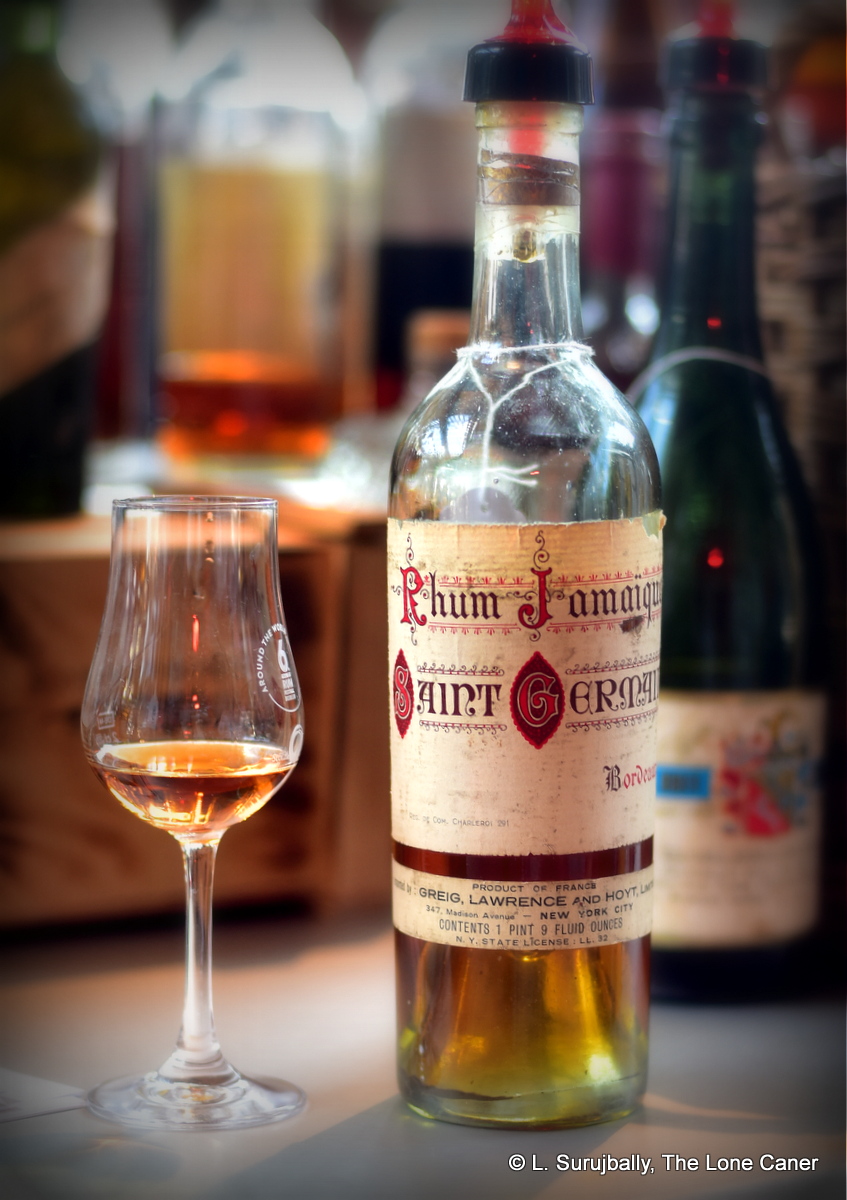
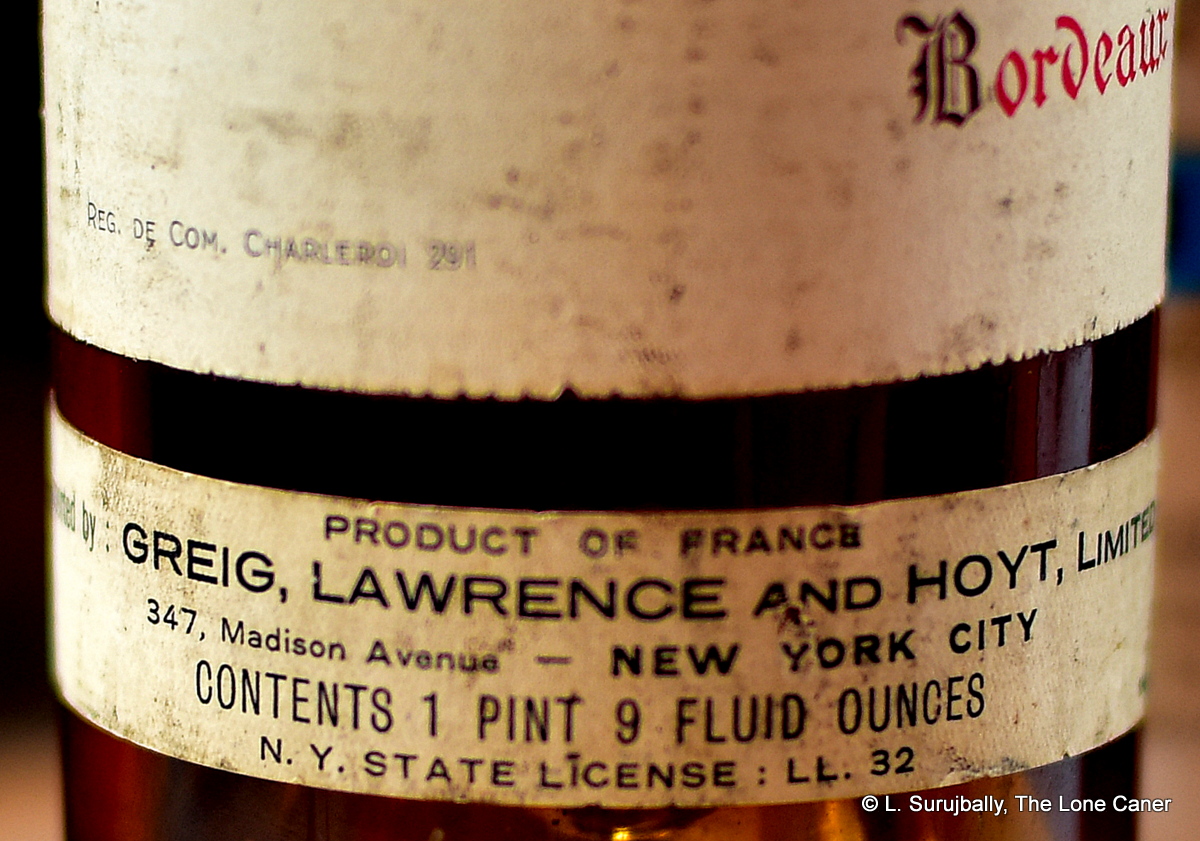
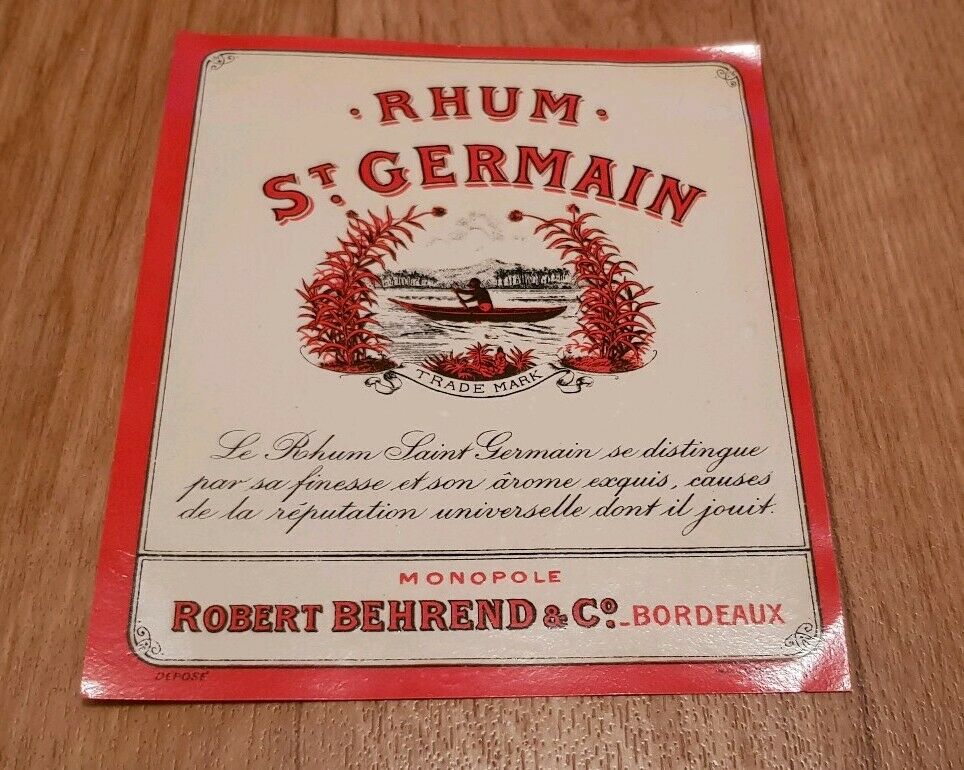
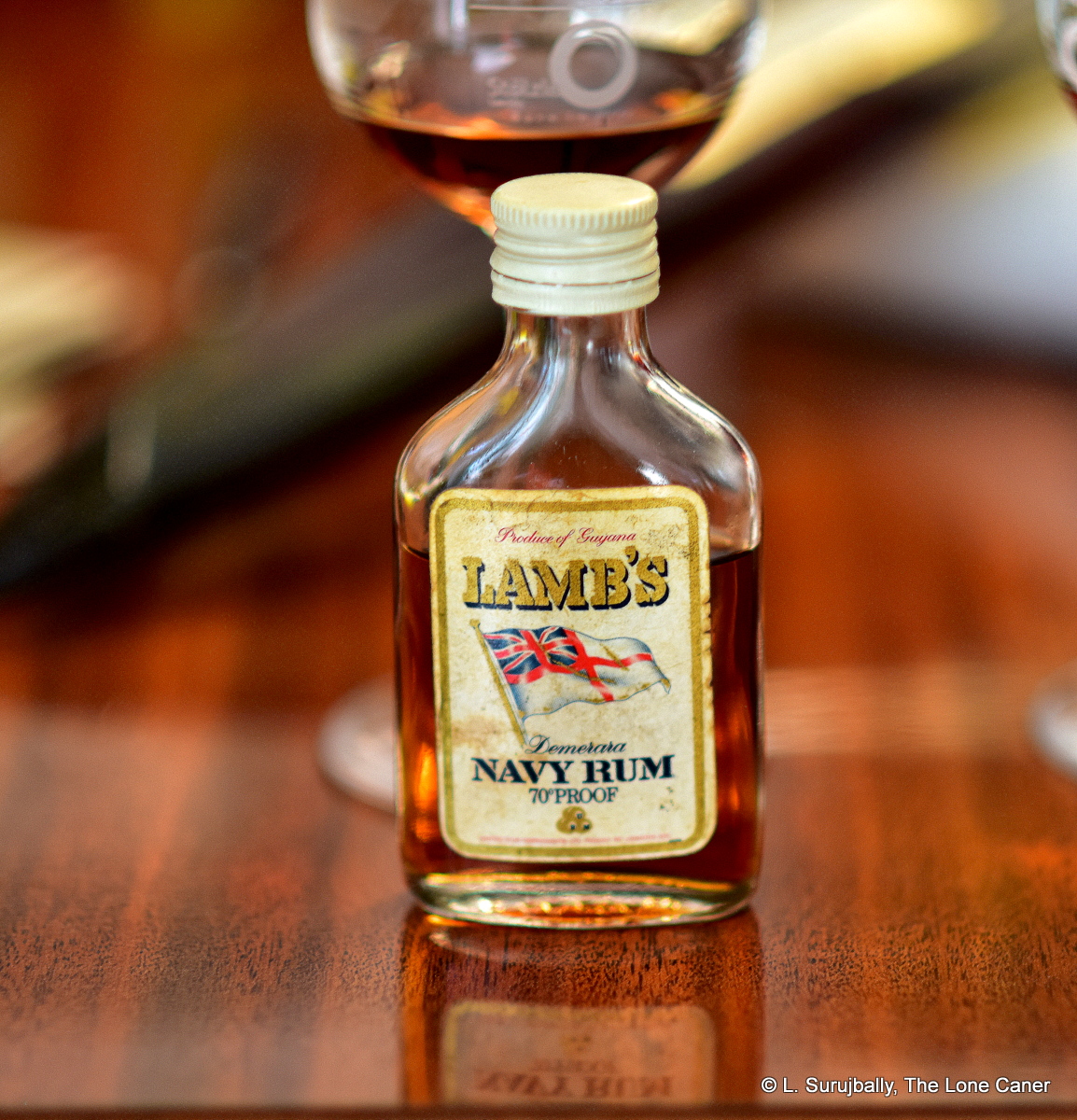
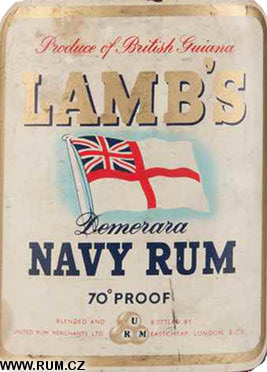 This bottle likely comes from the late 1970s: there is an earlier version noted as being from “British Guiana” that must have dated from the 1960s (Guyana gained independence in 1966) and by 1980 the UK largely ceased using degrees proof as a unit of alcoholic measure; and United Rum Merchants was taken over in 1984, which sets an absolute upper limit on its provenance (the URM is represented by the three barrels signifying Portal Dingwall & Norris, Whyte-Keeling and Alfred Lamb who merged in 1948 to form the company). Note also the “Product of Guyana” – the original blend of 18 different rums from Barbados, Guyana, Jamaica and Trinidad pioneered by Alfred Lamb, seems to have been reduced to Guyana only for the purpose of releasing this one.
This bottle likely comes from the late 1970s: there is an earlier version noted as being from “British Guiana” that must have dated from the 1960s (Guyana gained independence in 1966) and by 1980 the UK largely ceased using degrees proof as a unit of alcoholic measure; and United Rum Merchants was taken over in 1984, which sets an absolute upper limit on its provenance (the URM is represented by the three barrels signifying Portal Dingwall & Norris, Whyte-Keeling and Alfred Lamb who merged in 1948 to form the company). Note also the “Product of Guyana” – the original blend of 18 different rums from Barbados, Guyana, Jamaica and Trinidad pioneered by Alfred Lamb, seems to have been reduced to Guyana only for the purpose of releasing this one.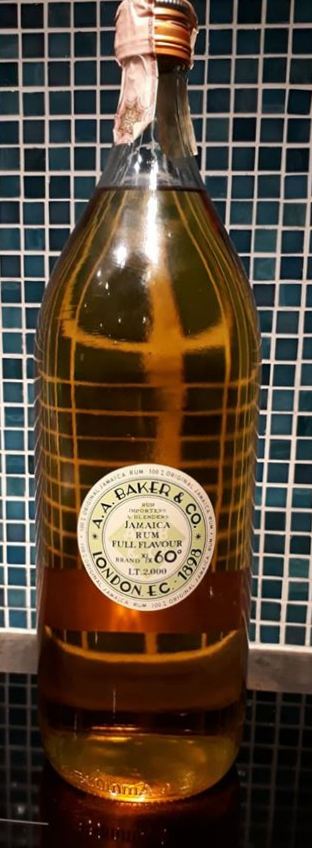
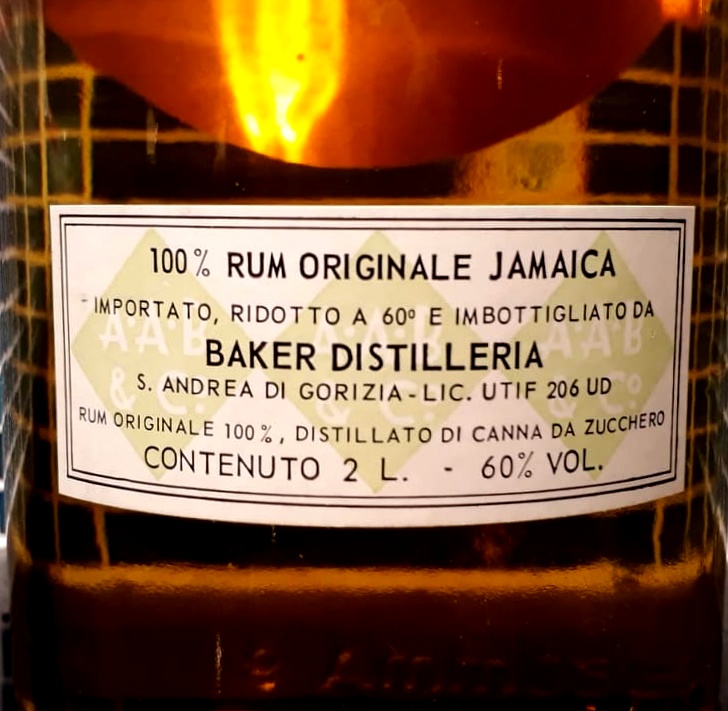
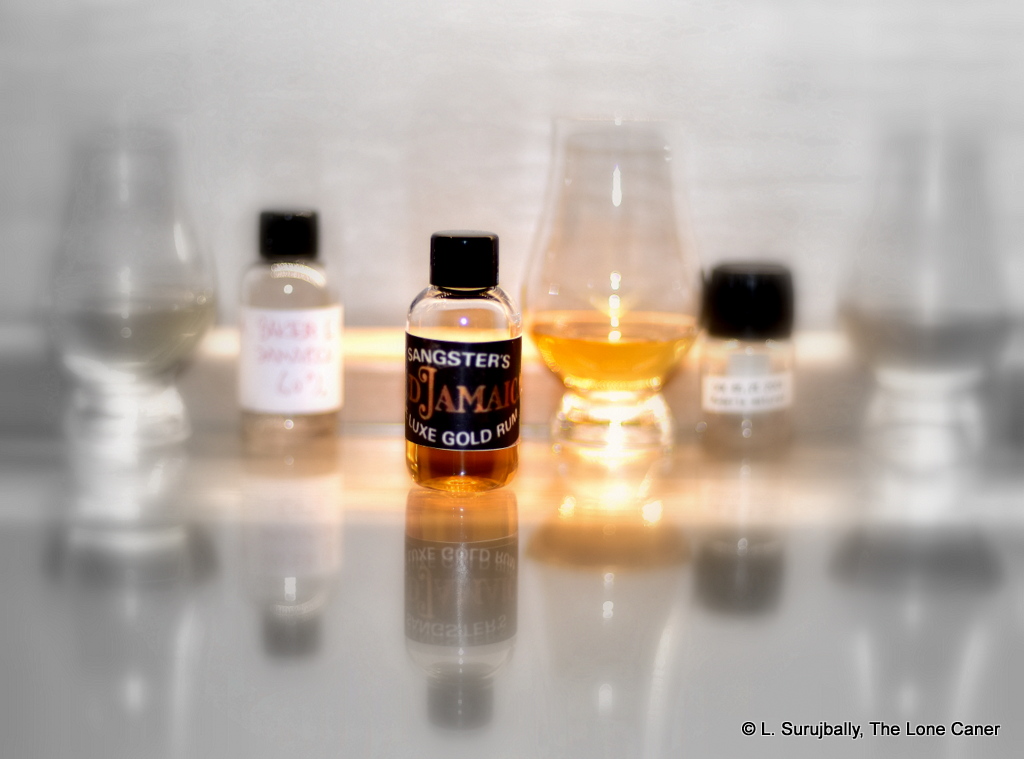
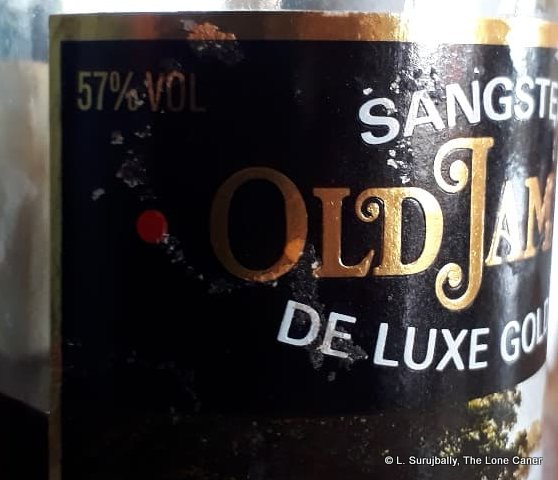 It is unknown from where he sourced his base stock. Given that this DeLuxe Gold rum was noted as comprising pot still distillate and being a blend, it could possibly be Hampden, Worthy Park or maybe even Appleton themselves or, from the profile, Longpond – or some combination, who knows? I think that it was likely between 2-5 years old, but that’s just a guess. References are slim at best, historical background almost nonexistent. The usual problem with these old rums. Note that after Dr. Sangster relocated to the Great Distillery in the Sky, his brand was acquired post-2001 by J. Wray & Nephew who do not use the name for anything except the rum liqueurs. The various blends have been discontinued.
It is unknown from where he sourced his base stock. Given that this DeLuxe Gold rum was noted as comprising pot still distillate and being a blend, it could possibly be Hampden, Worthy Park or maybe even Appleton themselves or, from the profile, Longpond – or some combination, who knows? I think that it was likely between 2-5 years old, but that’s just a guess. References are slim at best, historical background almost nonexistent. The usual problem with these old rums. Note that after Dr. Sangster relocated to the Great Distillery in the Sky, his brand was acquired post-2001 by J. Wray & Nephew who do not use the name for anything except the rum liqueurs. The various blends have been discontinued.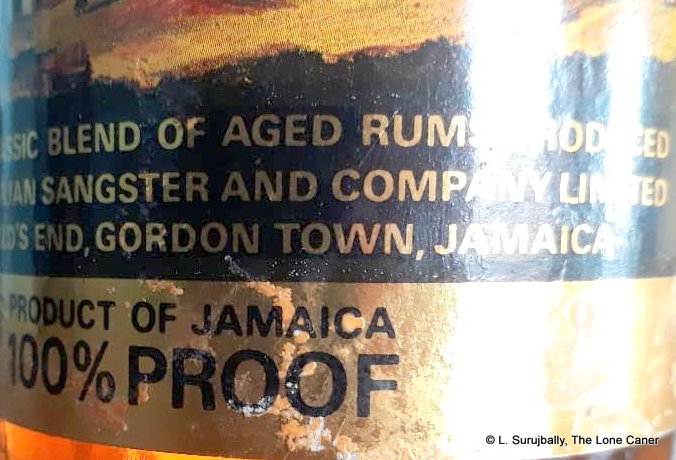 Nose – Opens with the scents of a midden heap and rotting bananas (which is not as bad as it sounds, believe me). Bad watermelons, the over-cloying reek of genteel corruption, like an unwashed rum strumpet covering it over with expensive perfume. Acetones, paint thinner, nail polish remover. That is definitely some pot still action. Apples, grapefruits, pineapples, very sharp and crisp. Overripe peaches in tinned syrup, yellow soft squishy mangoes. The amalgam of aromas doesn’t entirely work, and it’s not completely to my taste…but intriguing nevertheless It has a curious indeterminate nature to it, that makes it difficult to say whether it’s WP or Hampden or New Yarmouth or what have you.
Nose – Opens with the scents of a midden heap and rotting bananas (which is not as bad as it sounds, believe me). Bad watermelons, the over-cloying reek of genteel corruption, like an unwashed rum strumpet covering it over with expensive perfume. Acetones, paint thinner, nail polish remover. That is definitely some pot still action. Apples, grapefruits, pineapples, very sharp and crisp. Overripe peaches in tinned syrup, yellow soft squishy mangoes. The amalgam of aromas doesn’t entirely work, and it’s not completely to my taste…but intriguing nevertheless It has a curious indeterminate nature to it, that makes it difficult to say whether it’s WP or Hampden or New Yarmouth or what have you.  Finish – Shortish, dark off-fruits, vaguely sweet, briny, a few spices and musky earth tones.
Finish – Shortish, dark off-fruits, vaguely sweet, briny, a few spices and musky earth tones.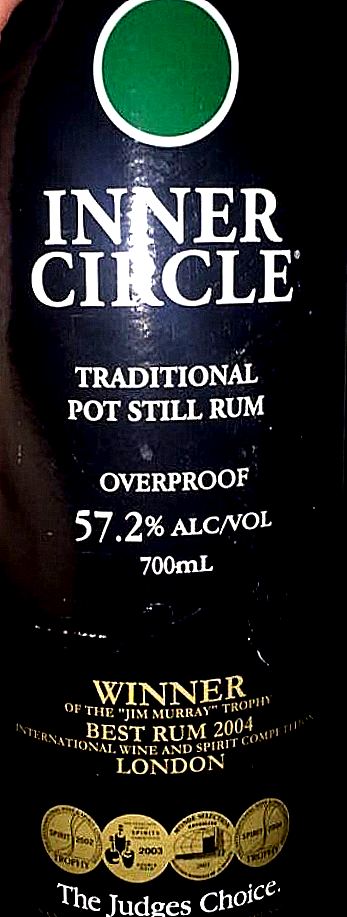 Rumaniacs Review # 096 | 0617
Rumaniacs Review # 096 | 0617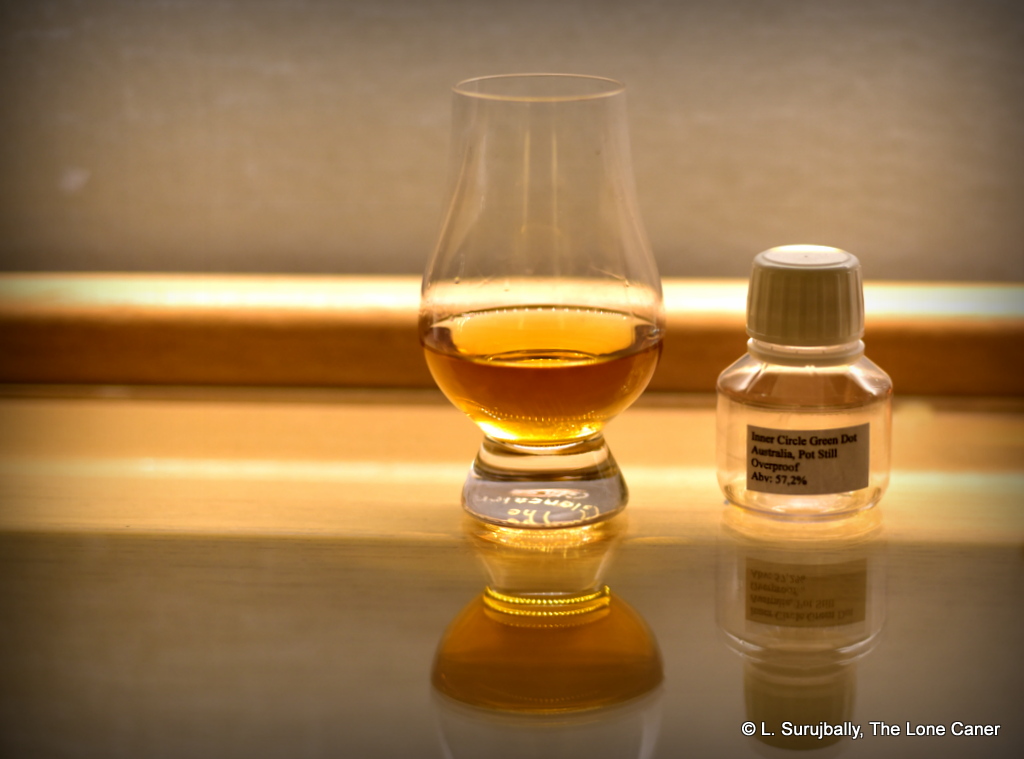
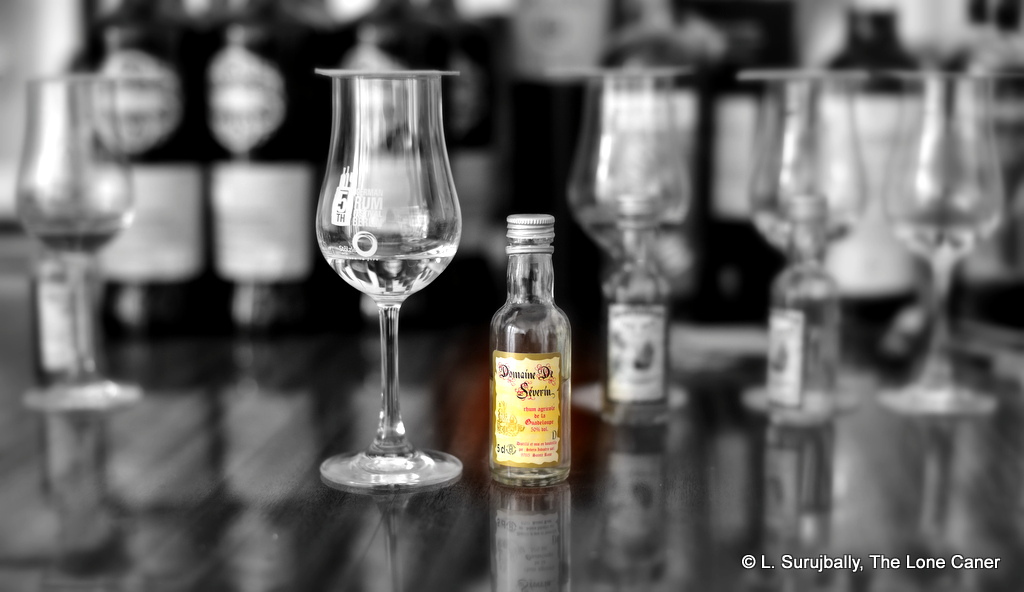
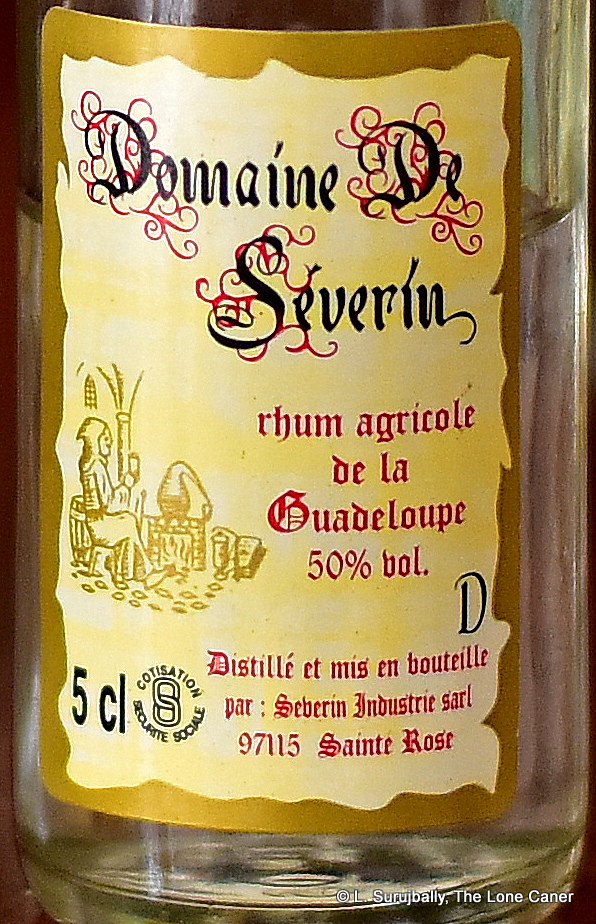 Nose – Starts off with plastic, rubber and acetones, which speak to its (supposed) unaged nature; then it flexes its cane-juice-glutes and coughs up a line of sweet water, bright notes of grass, sugar cane sap, brine and sweetish red olives. It’s oily, smooth and pungent, with delicate background notes of dill and cilantro lurking in the background. And some soda pop.
Nose – Starts off with plastic, rubber and acetones, which speak to its (supposed) unaged nature; then it flexes its cane-juice-glutes and coughs up a line of sweet water, bright notes of grass, sugar cane sap, brine and sweetish red olives. It’s oily, smooth and pungent, with delicate background notes of dill and cilantro lurking in the background. And some soda pop. 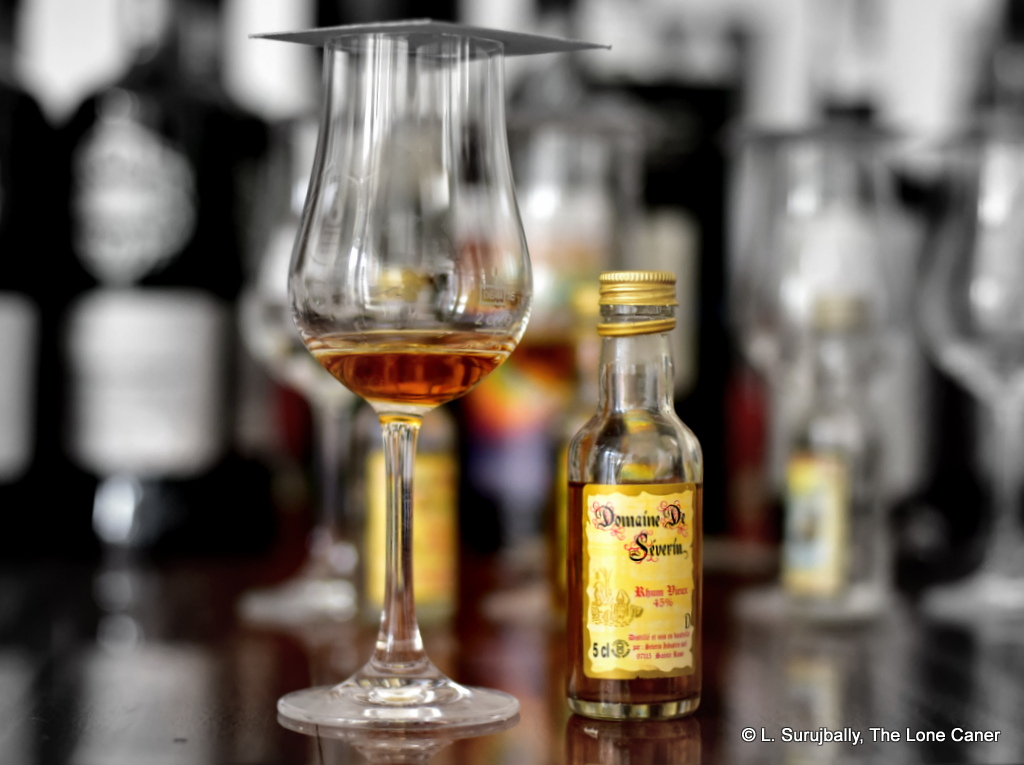
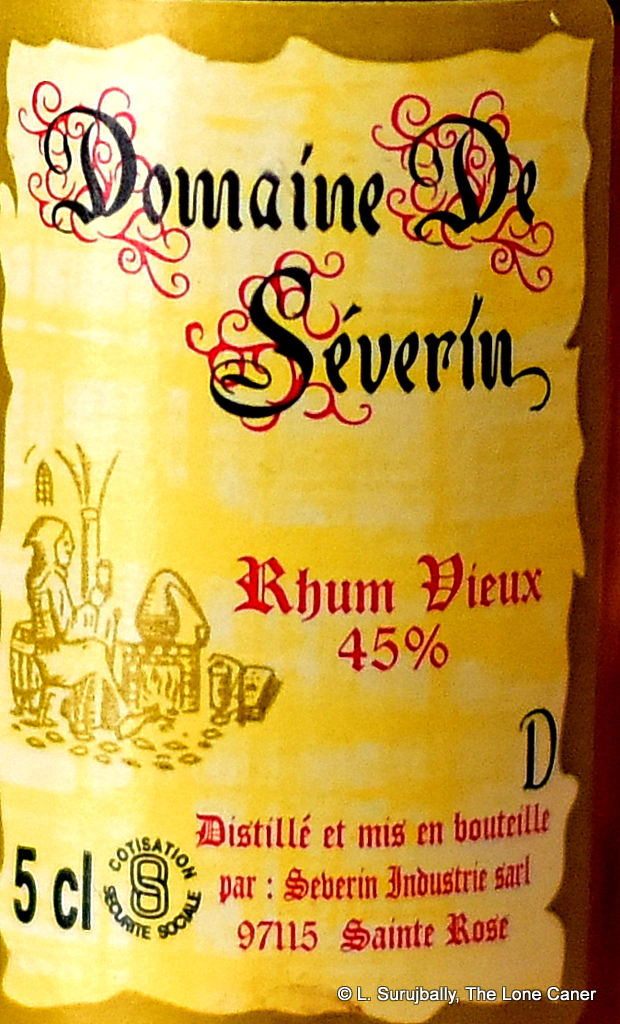 Colour – Gold
Colour – Gold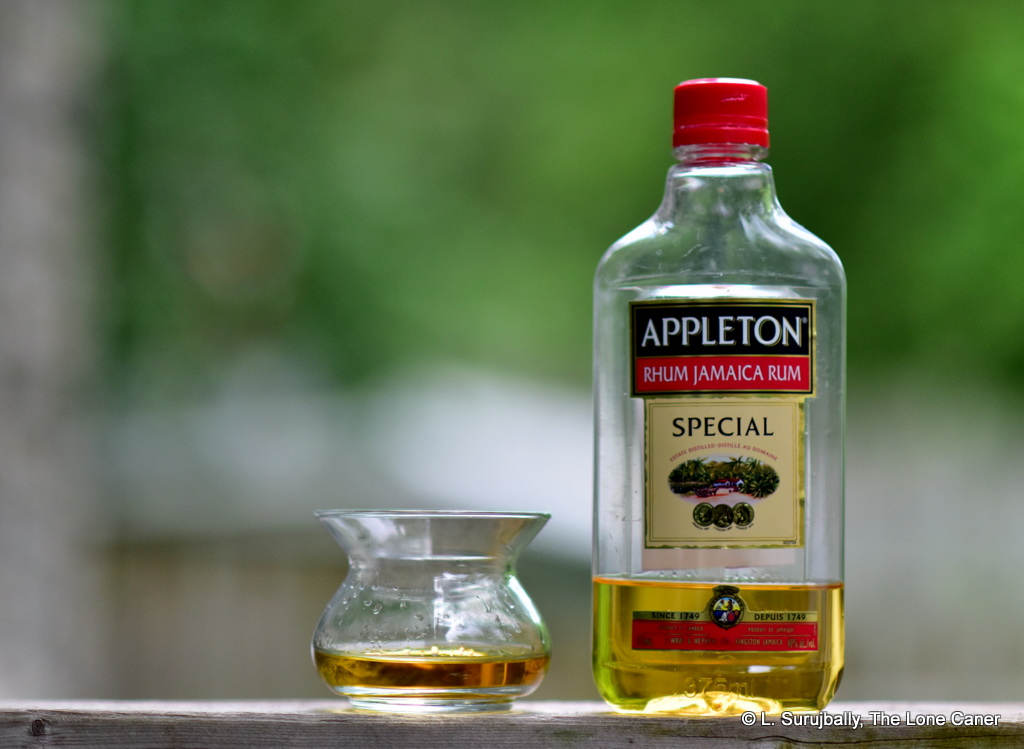
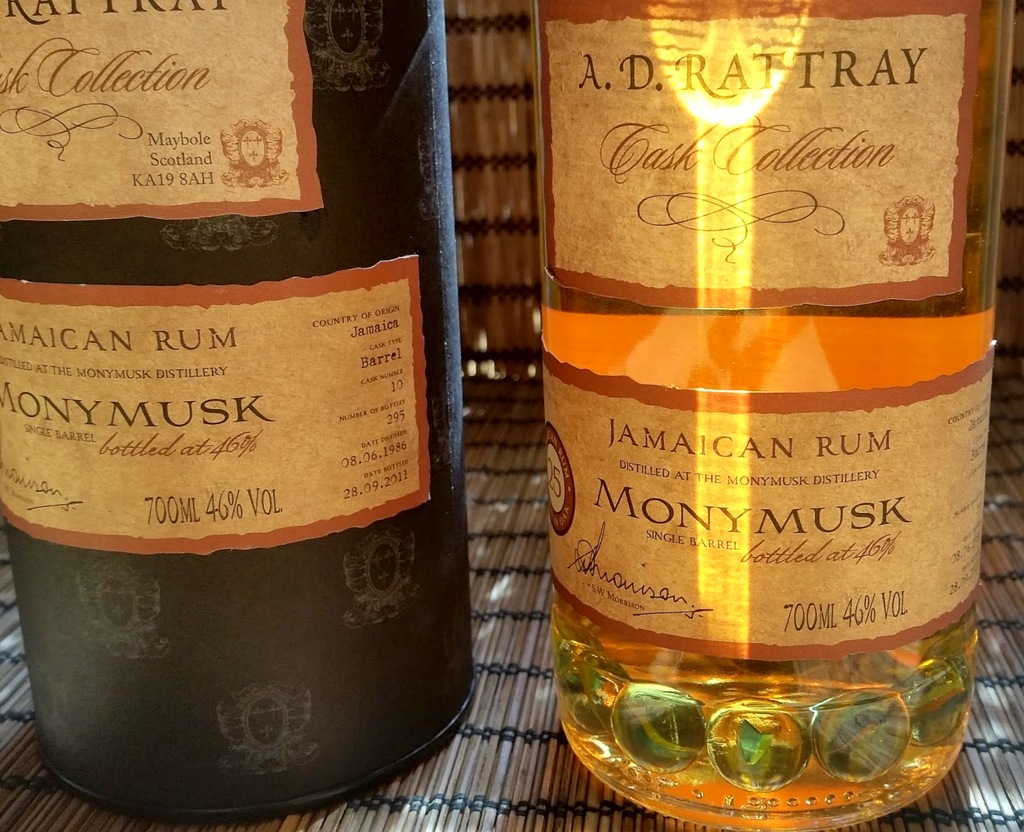
 Rumaniacs Review #091 | 0598
Rumaniacs Review #091 | 0598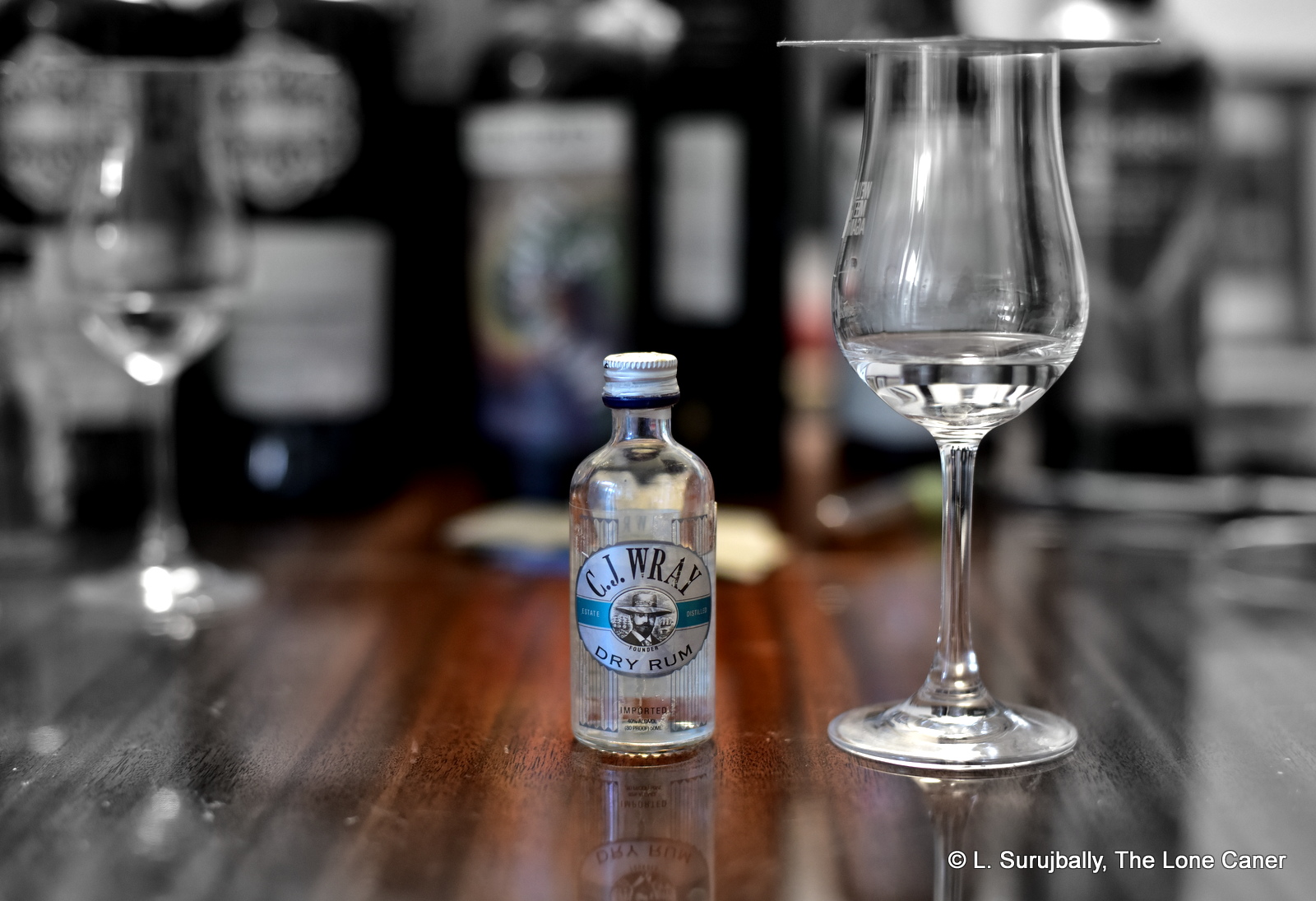
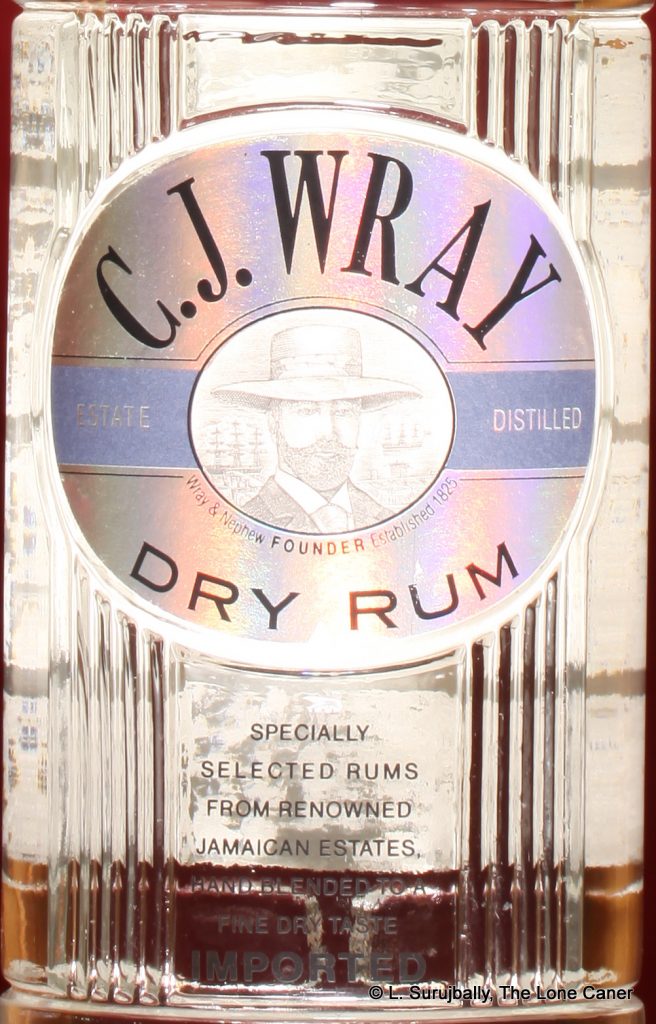 Technical details are murky. All right, they’re practically non-existent. I think it’s a filtered column still rum, diluted down to standard strength, but lack definitive proof – that’s just my experience and taste buds talking, so if you know better, drop a line. No notes on ageing – however, in spite of one reference I dug up which noted it as unaged, I think it probably was, just a bit.
Technical details are murky. All right, they’re practically non-existent. I think it’s a filtered column still rum, diluted down to standard strength, but lack definitive proof – that’s just my experience and taste buds talking, so if you know better, drop a line. No notes on ageing – however, in spite of one reference I dug up which noted it as unaged, I think it probably was, just a bit.
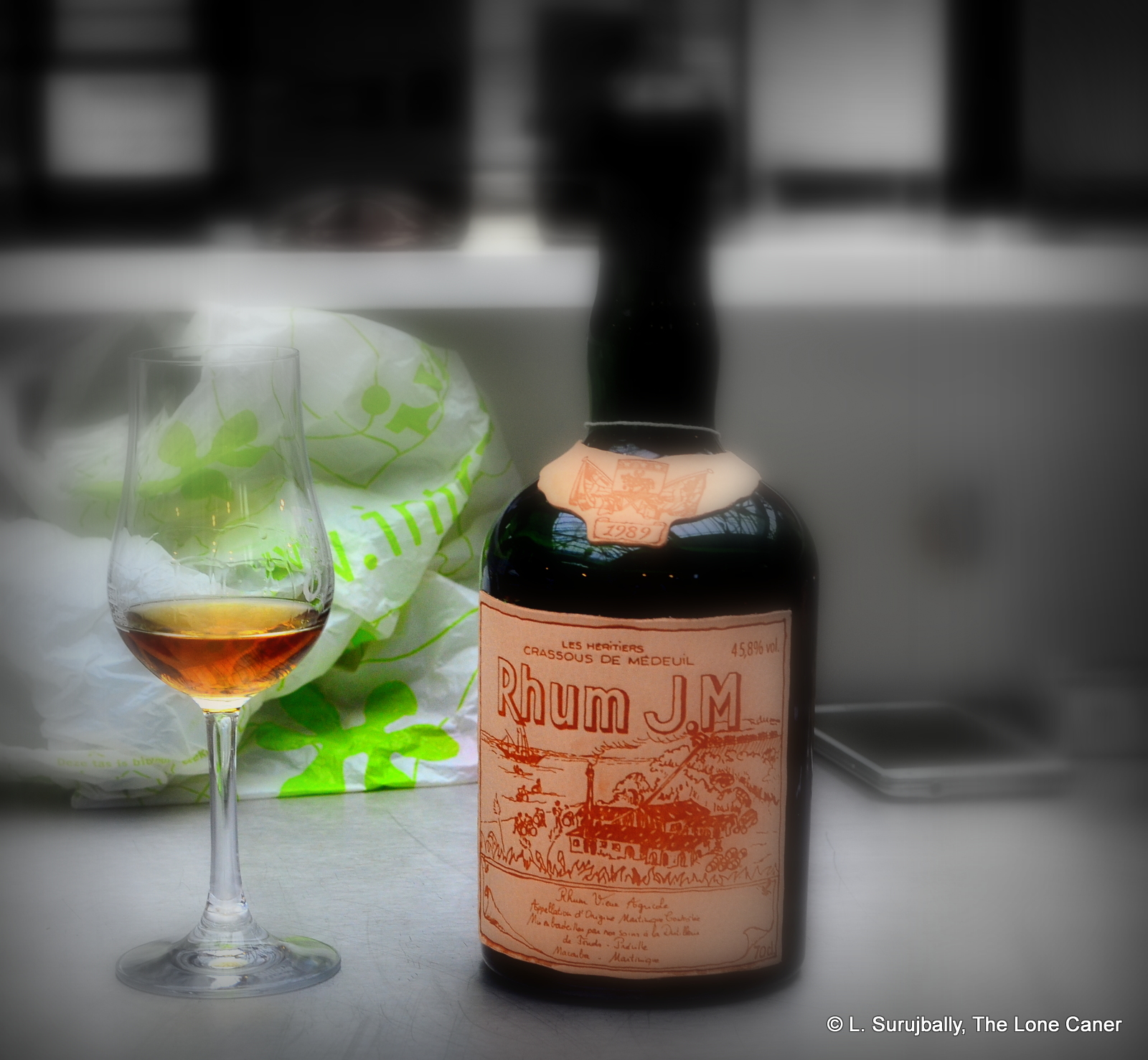
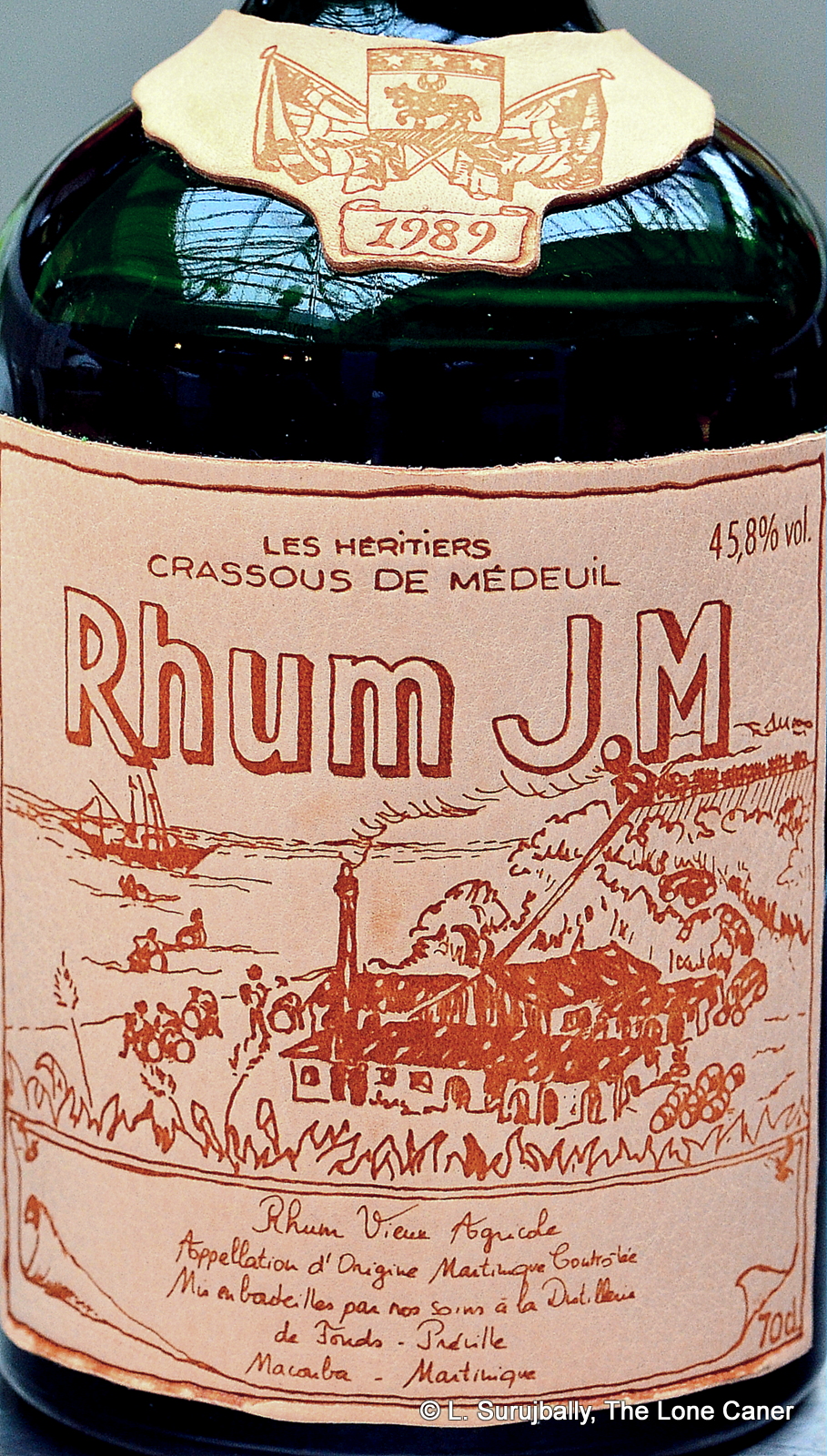
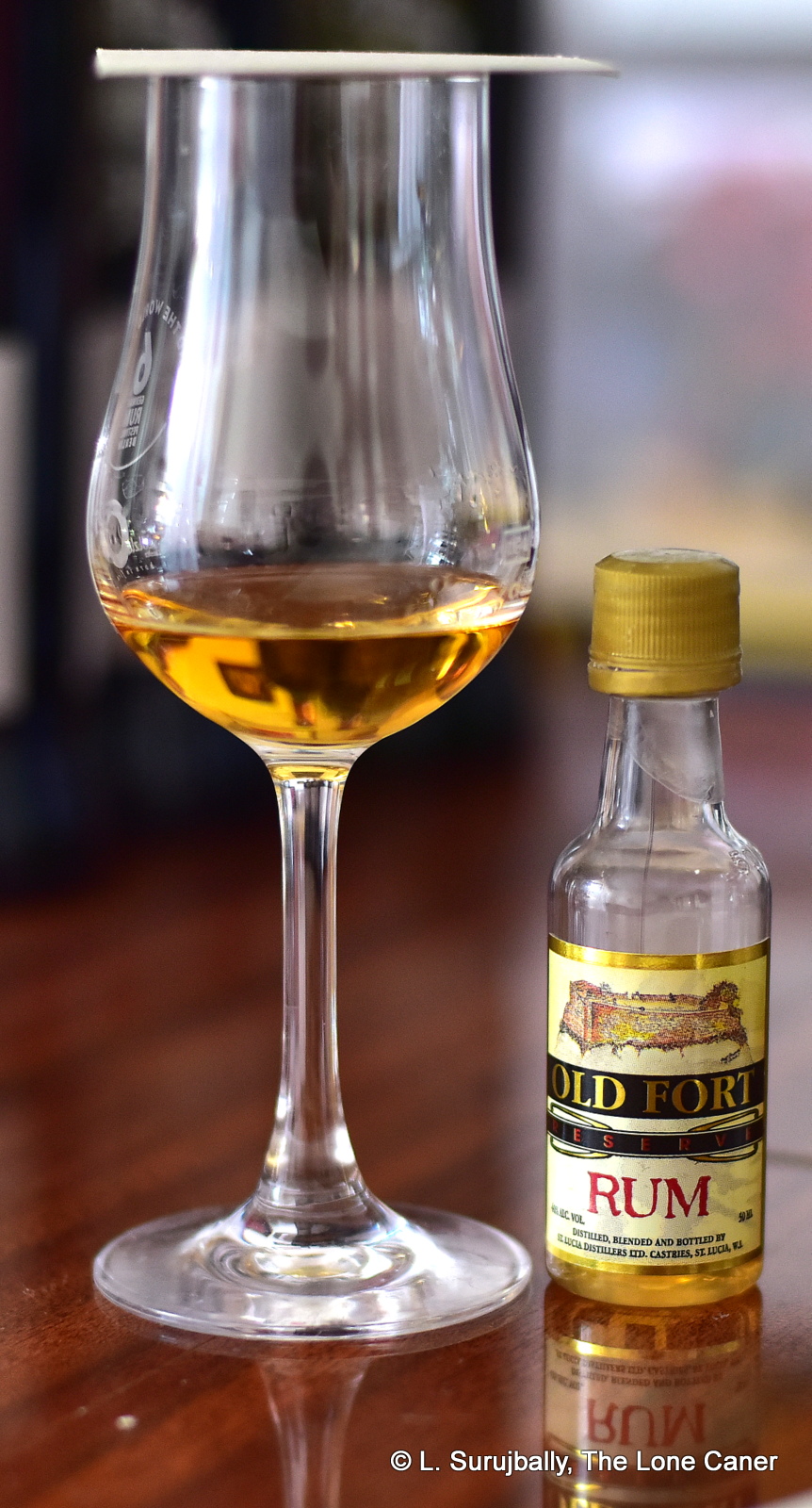 Rumaniacs Review #087 | 0574
Rumaniacs Review #087 | 0574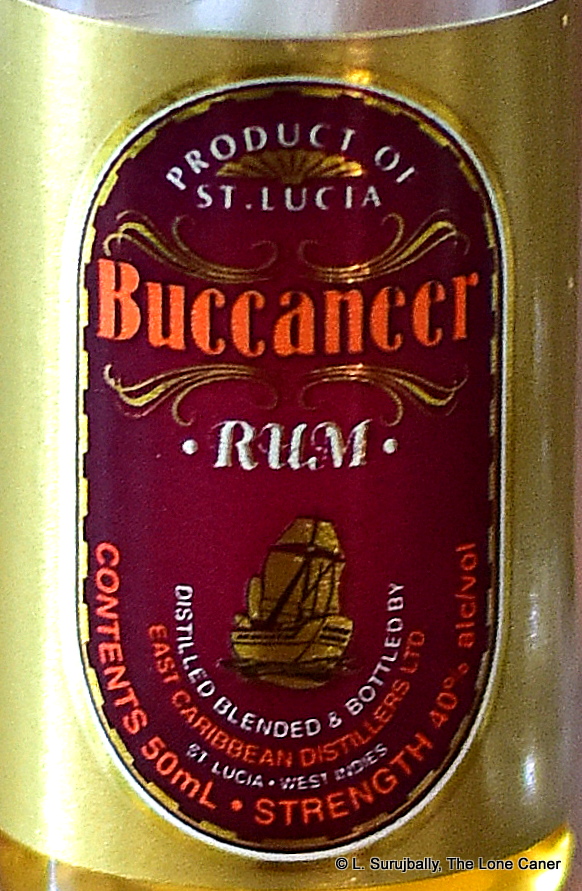
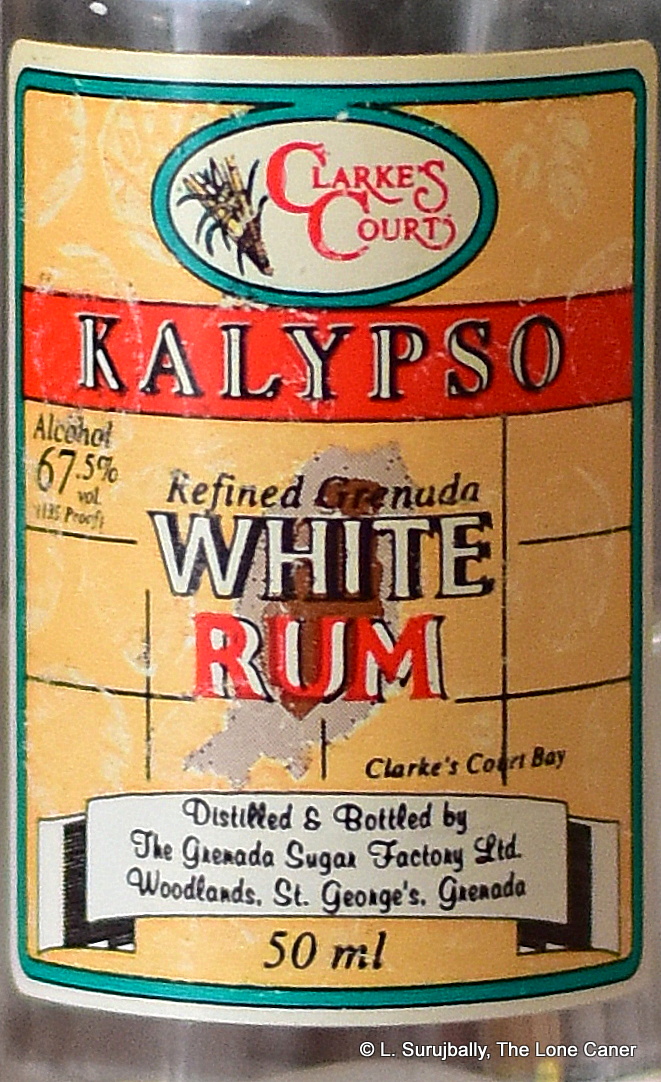
 Rumaniacs Review #84 | 0554
Rumaniacs Review #84 | 0554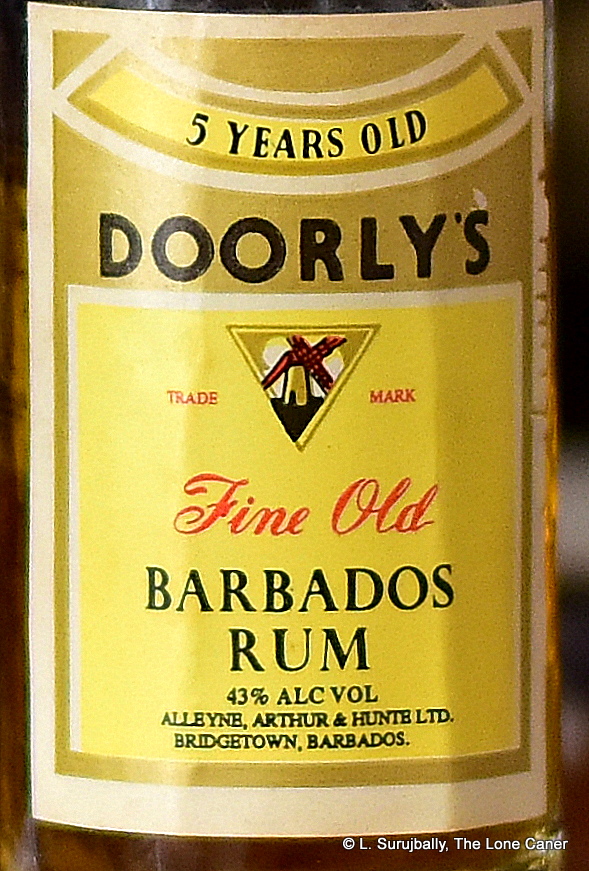 Rumaniacs Review #083 | 0544
Rumaniacs Review #083 | 0544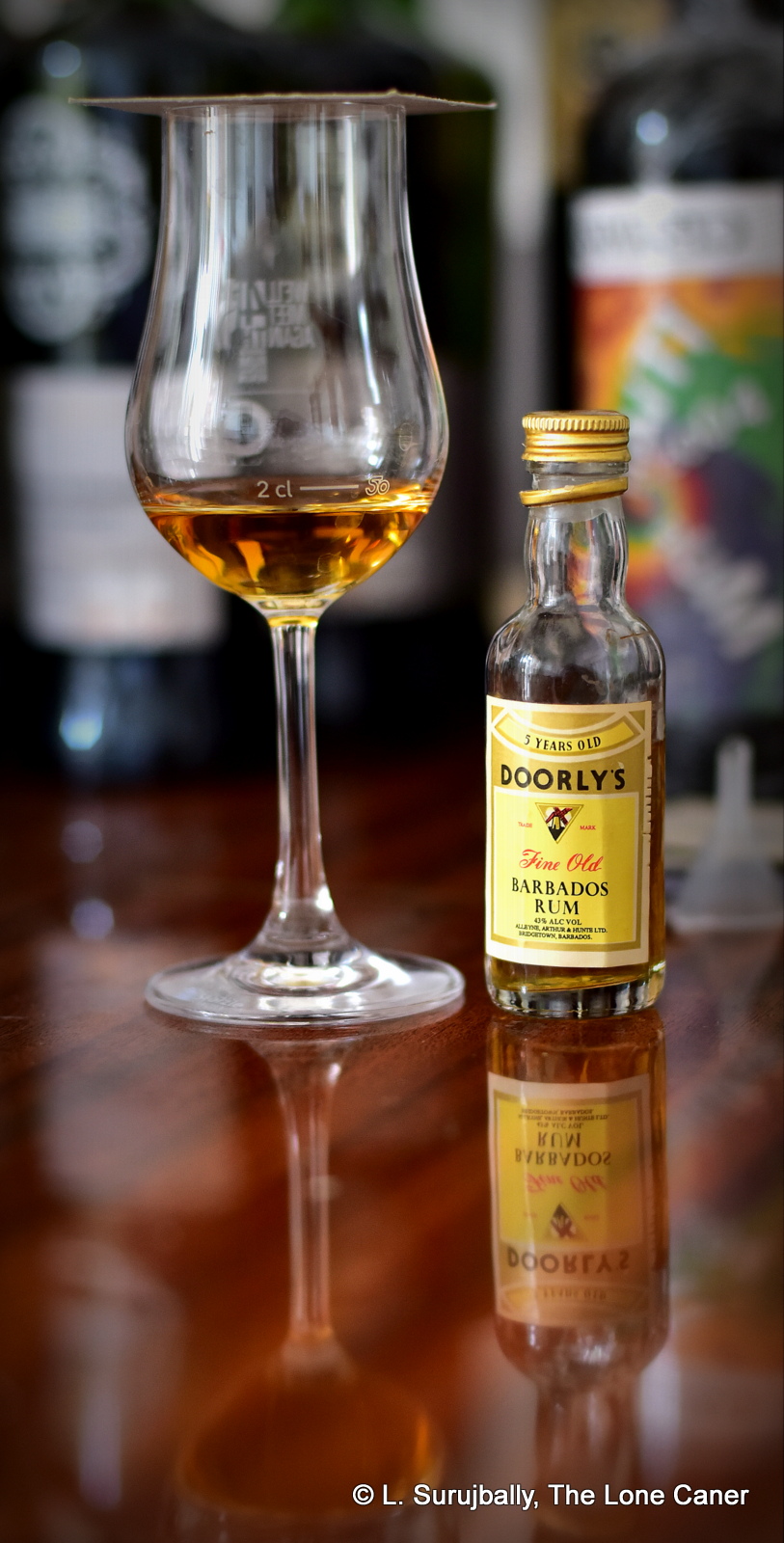 Opinion
Opinion